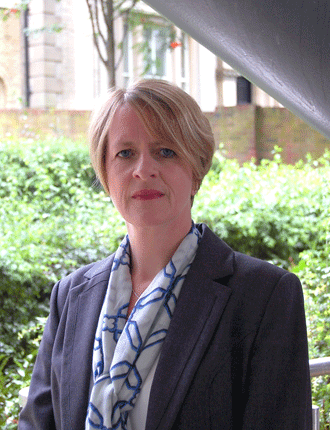October
Twins more likely to suffer from congenital heart disease

Identical twins that share a placenta have almost twice the increased risk of being born with congenital heart disease, new research has revealed.
A study by experts at Newcastle University, published in the journal Heart and funded by the British Heart Foundation, highlights the importance of antenatal scans.
Normally, only identical twins share a placenta - even then each twin may have its own. Identical twins are known to have an increased risk of congenital heart disease compared to single births.
The research, undertaken by PhD student Kate Best and led by Professor Judith Rankin, from Newcastle University’s Institute of Health and Society, used information of more than 400,000 pregnancies occurring between 1998 and 2010.
The data was collected by the Northern Survey of Twin and Multiple Pregnancies (NorSTAMP) and the Northern Congenital Abnormality Survey (NorCAS) held at Public Health England’s Regional Maternity Survey Office.
Scientists found that 13 in every 1,000 twins were born with some type of congenital heart disease, compared to seven in every 1,000 single births.
It was also identified that twins who share a placenta in the womb are particularly at risk, with 20 in every 1,000 twins sharing a placenta being born with a congenital heart disease compared to 11 in every 1000 twins with separate placentas.
Judith Rankin (pictured), Professor of Maternal and Perinatal Epidemiology at Newcastle University, said: “The unique information from two surveys in the North of England has enabled us to show the higher risk of a congenital heart disease for twins and, in particular, for those that share a placenta. This information will be incredibly helpful to parents and health professionals.
“Not all congenital heart diseases can be detected before birth but for those that can, this research demonstrates the importance of antenatal scans and the information they can provide to prepare for the best care possible when the baby is born.”
Around two thirds of identical twins share a placenta, and this depends upon when the fertilised egg splits to form two embryos after conception.
Heart defects
Most congenital heart defects are found after the child is born, however heart problems can be picked up when the mother has an ultrasound scan during pregnancy.
During a 19 week scan, Rachel Sullivan found out that one of her twin daughters, Emily, was suffering from a congenital heart disease. Nine year-old Emily was born with coarctation of the aorta and has had three open heart surgeries to repair her heart.
Rachel said: “Emily’s heart condition was caught by chance, whilst her doctors were looking for evidence of a separate condition.
“Knowing about Emily’s condition before she was born meant that the doctors delivering her could intervene as soon as she was born and give her the best chance of survival. This research shows just how important it is to be looking out for heart conditions in mothers expecting twins, so that as much can be done as possible to give them a fighting chance at life.”
Professor Jeremy Pearson, Associate Medical Director at the British Heart Foundation, said the study highlights the importance of regular check-ups and antenatal scans for mothers expecting twins.
He said: “This careful survey of all births in the north of England over 12 years confirms previous studies showing that twins have a higher risk of being born with a congenital heart disease than single births.”
Press release adapted with thanks from the British Heart Foundation
published on: 2 October 2015
